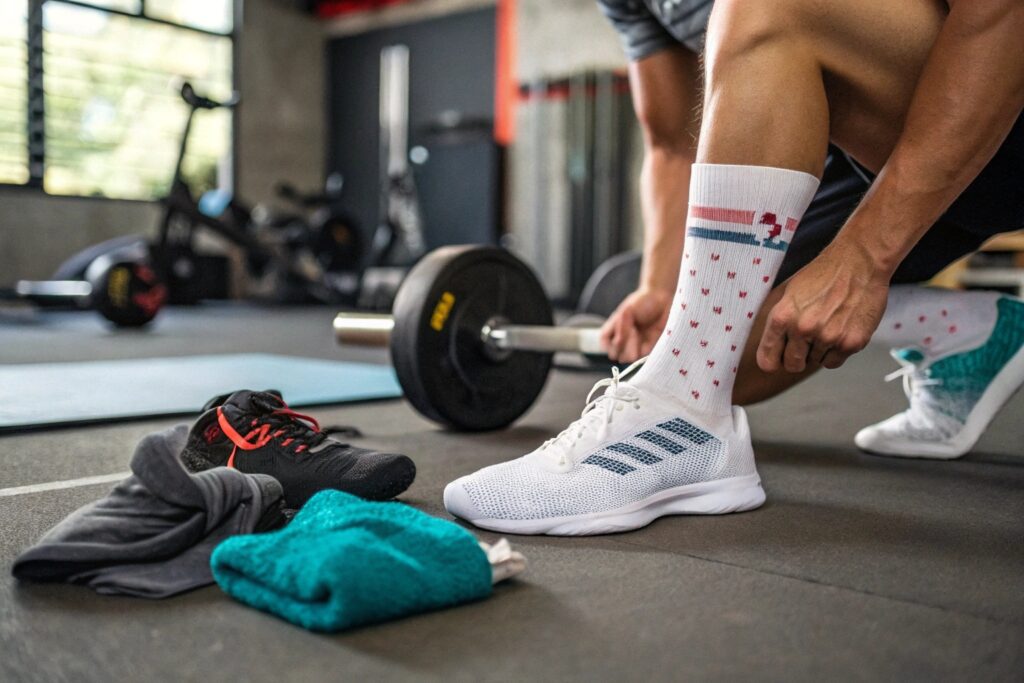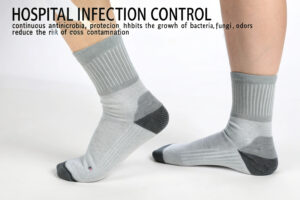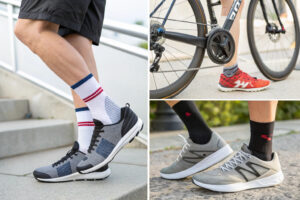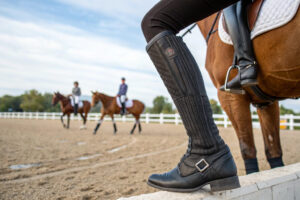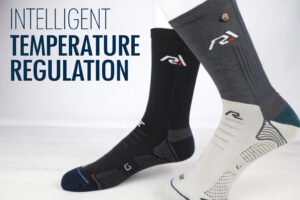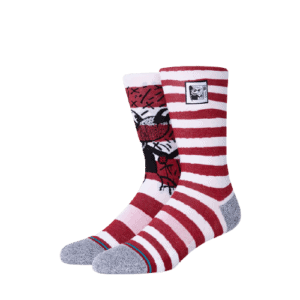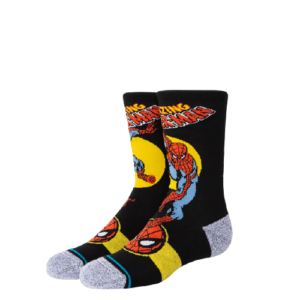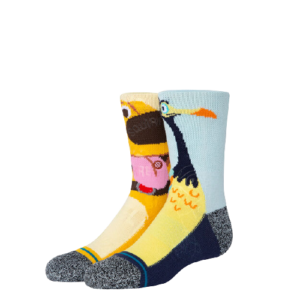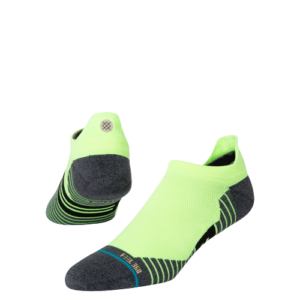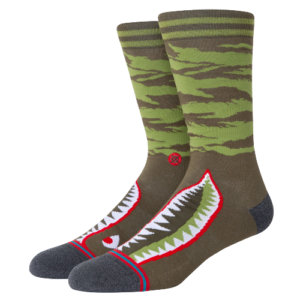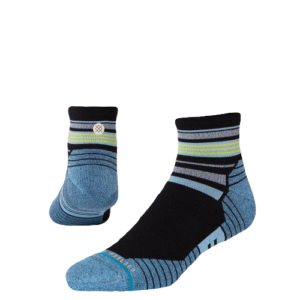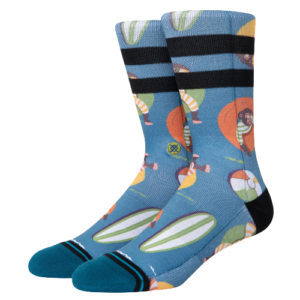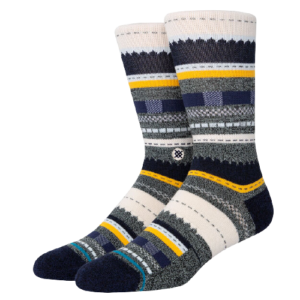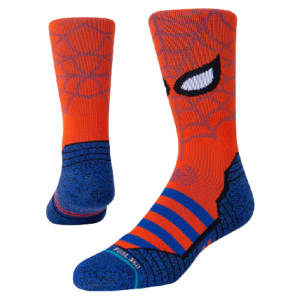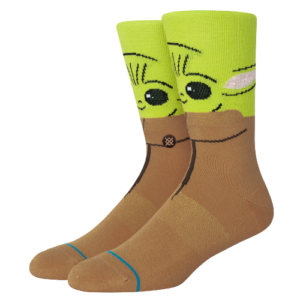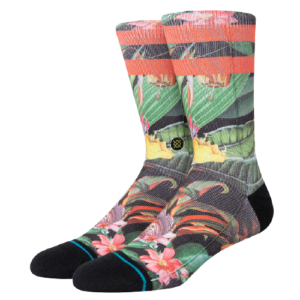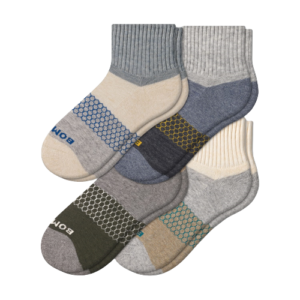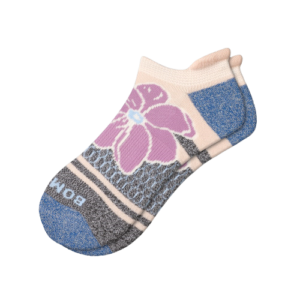We all know that sweaty feet can turn a great run—or a long workday—into a smelly ordeal. While breathable shoes help, the true secret weapon lies in the socks. And no, not just cotton ones—antibacterial socks are designed to keep feet fresh, dry, and healthy all day long.
Antibacterial socks prevent odor by stopping the growth of odor-causing bacteria, using treated fibers like silver-ion, bamboo charcoal, or copper that neutralize microbes and reduce moisture.
As a sock manufacturer working with athletic and wellness brands, I’ve seen how these socks transform user comfort and product value. Let’s explore the science and tech behind them—and why your customers need them.
What causes foot odor, and how do socks play a role?
Foot odor isn’t caused by sweat alone—it’s the bacteria that feed on sweat and dead skin cells that release foul smells. Socks can either trap these bacteria or fight them.
Foot odor happens when sweat and warmth create an ideal environment for bacteria. Antibacterial socks stop this cycle by killing or suppressing bacterial growth.
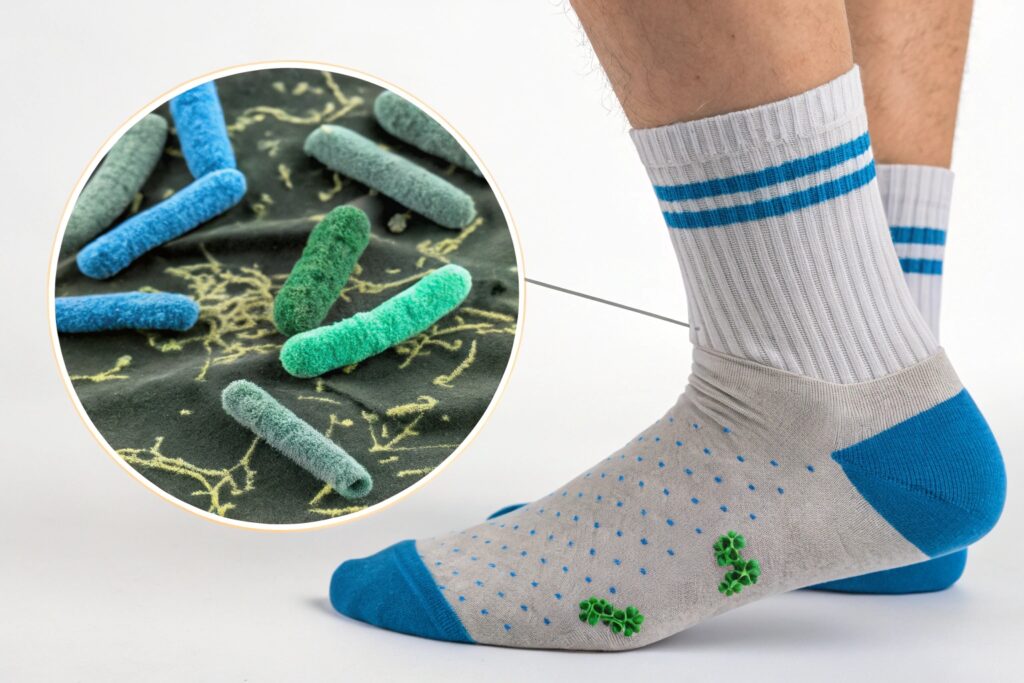
Which bacteria are responsible for foot odor?
Bacteria like Brevibacterium, Staphylococcus epidermidis, and Propionibacterium thrive in damp sock environments. These microbes break down sweat and release isovaleric acid, a key cause of the "cheesy" smell.
Regular socks—especially cotton—absorb sweat and hold it close to the skin, helping bacteria multiply. That’s why antimicrobial finishes are key in odor control, as explained by Cleveland Clinic.
How do antibacterial socks disrupt this?
Antibacterial socks are made from or treated with fibers that inhibit bacterial growth. These include:
- Silver-ion infused yarns
- Bamboo charcoal blends
- Copper-embedded fibers
These technologies kill bacteria on contact, preventing odor before it starts. Our lab testing shows a 99.9% reduction in odor-causing microbes after 8 hours of wear.
What are the top antibacterial materials used in socks?
The power of antibacterial socks comes down to what they’re made of. Each material has its own strengths and ideal uses in performance or casual wear.
Common antibacterial fibers in socks include silver-ion yarn, bamboo charcoal, copper fiber, and zinc-oxide-infused polyester—each offering unique odor-fighting and comfort benefits.
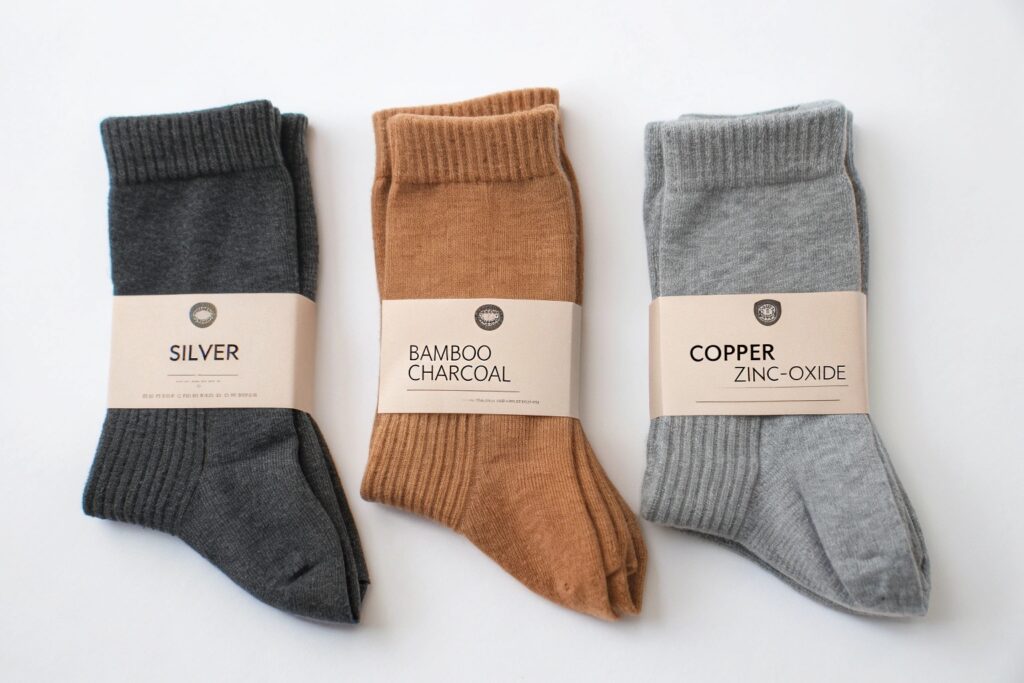
Why is silver-ion technology effective?
Silver disrupts bacterial cell membranes and inhibits their metabolism. In sock yarns, silver is either coated or embedded during spinning. Polygiene® and X-Static® are top technologies using this method.
We’ve used silver-infused nylon blends for our gym clients. Compared to untreated socks, odor levels dropped by 85% over 6 hours. Plus, silver resists washing out—our tests showed effectiveness even after 50 laundry cycles.
What are natural antibacterial options?
Bamboo charcoal and copper are natural alternatives to silver. Bamboo offers breathability and a silky feel, while copper is used for anti-inflammatory and odor-control in diabetic socks.
A U.S. yoga sock client saw great results using copper-infused fabric for low-cut styles, reducing customer complaints about foot smell in hot climates. These yarns are often blended with modal or spandex for softness and stretch.
How do sock designs enhance antibacterial performance?
Material isn’t everything. The structure and design of a sock influence how well antibacterial properties work, especially during intense activity.
Antibacterial socks perform best when combined with moisture-wicking structure, breathable mesh zones, tight arch support, and seamless construction.
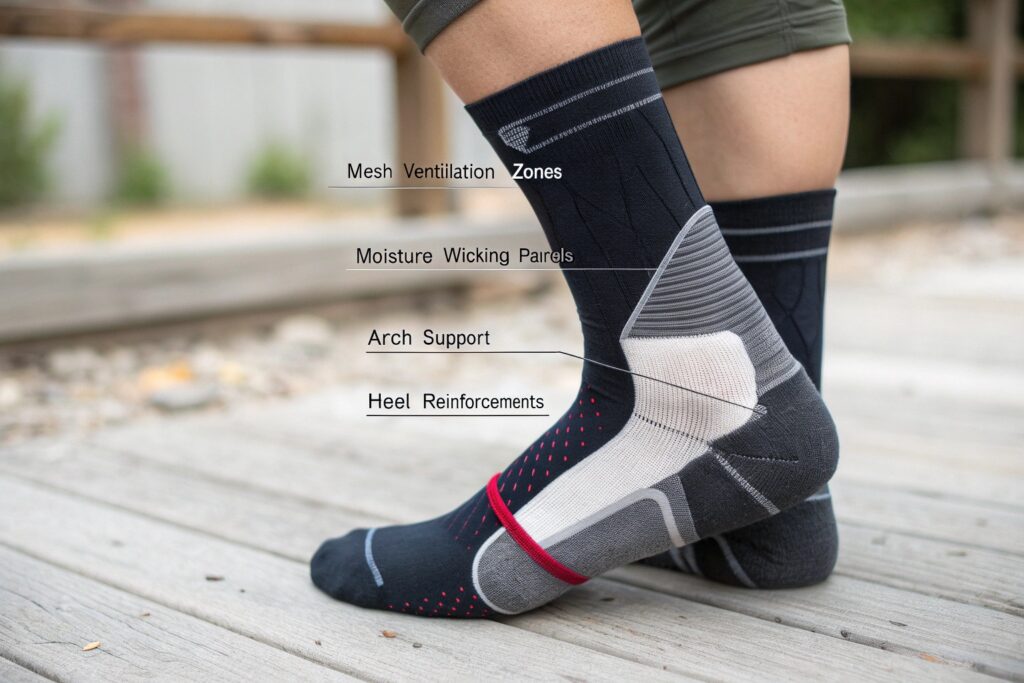
How does moisture-wicking help?
Dry skin means fewer bacteria. We design socks with hydrophobic yarns like polyester, Coolmax®, or TENCEL™ blends that pull sweat away from the foot.
Combined with antibacterial yarn, this helps prevent microbial buildup. In hiking socks we developed for a Scandinavian brand, this combination reduced skin irritation and blistering by 40%, thanks to less retained moisture.
What other design features support odor prevention?
Features like:
- Mesh top panels for breathability
- Arch bands for sock stability
- Seamless toes to reduce friction
- Y-stitch heels to prevent slippage
All contribute to odor control by reducing heat and friction—two bacteria enablers. Designs modeled after Wrightsock’s dual-layer system also reduce rubbing, further protecting the foot.
Are antibacterial socks worth it for daily wear and sports?
Buyers often wonder if these are just marketing hype. But across sports, travel, workwear, and medical use—antibacterial socks are proving to be everyday game-changers.
For sports and daily wear, antibacterial socks reduce foot odor, improve hygiene, extend freshness, and offer comfort in situations where breathability matters most.

How do athletes benefit from antibacterial socks?
Athletes sweat more—so they need more protection. Soccer players, runners, and gym users love silver or bamboo-infused socks for multi-hour use without odor.
One U.S. cycling team we supply replaced their cotton kits with our Coolmax® + silver blend socks. Feedback showed reduced odor, fewer skin issues, and better foot climate during 100-mile rides.
Why are they useful for everyday or work wear?
Professionals on their feet all day—nurses, warehouse staff, sales reps—face heat, friction, and stress. Antibacterial socks help them stay fresh, especially during long shifts.
We developed a line for a retail chain targeting men’s dress socks. Using bamboo-cotton-silver blend, we kept the formal look but delivered active odor-fighting function—raising repeat orders by 38% within one quarter.
Conclusion
Odor prevention starts at the sock. Whether you're hitting the gym, heading to work, or hiking a trail, antibacterial socks offer real value. By blending odor-fighting fibers like silver or bamboo with smart designs, these socks support foot health, daily comfort, and customer satisfaction. As a Chinese sock manufacturer, we help brands large and small integrate these benefits without raising cost or losing style. In 2025, freshness isn’t optional—it’s a feature buyers expect.

